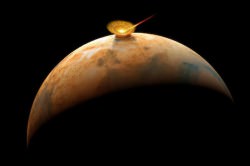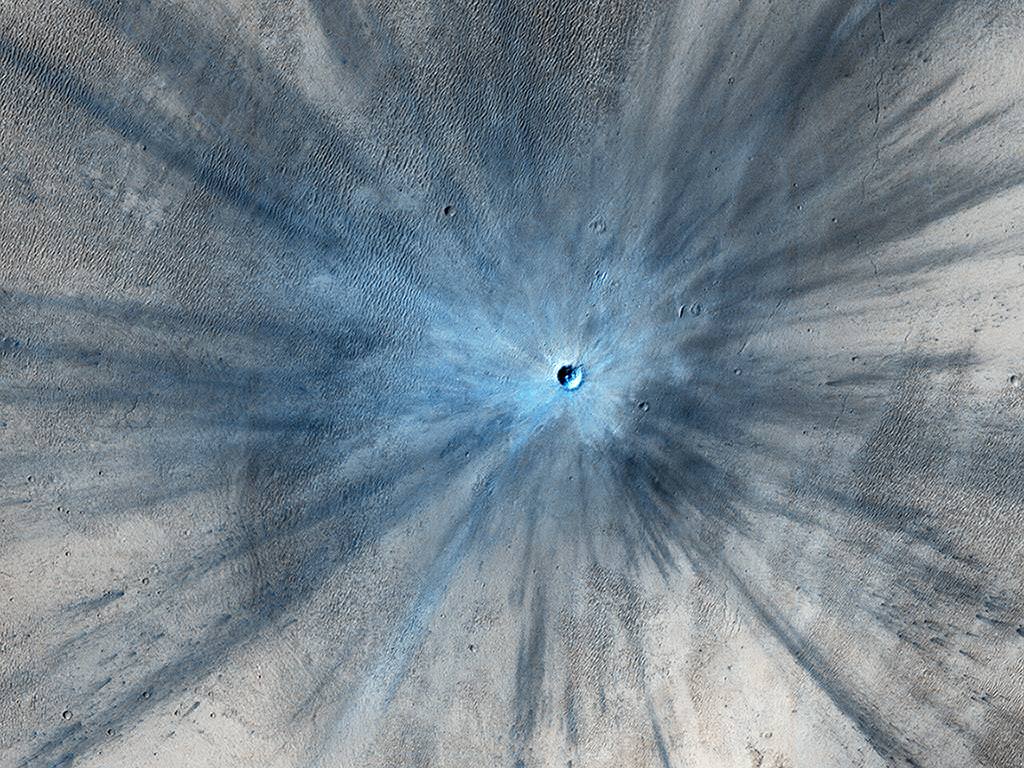When large asteroids or comets strike the Earth — as they have countless times throughout our planet’s history — the energy released in the event creates an enormous amount of heat, enough to briefly melt rock and soil at the impact site. That molten material quickly cools, trapping organic material and bits of plants and preserving them inside fragments of glass for tens of thousands, even millions of years.
Researchers studying impact debris on Earth think that the same thing could very well have happened on Mars, and that any evidence for ancient life on the Red Planet might be found by looking inside the glass.
A research team led by Pete Schultz, a geologist at Brown University in Providence, Rhode Island, has identified the remains of plant materials trapped inside impact glass found at several different sites scattered across Argentina, according to a university news release issued Friday, April 18.
Melt breccias from two impact events in particular, dating back 3 and 9 million years, were discovered to contain very well-preserved fragments of vegetation — providing not only samples of ancient organisms but also snapshots of the local environment from the time of the events.

“These glasses preserve plant morphology from macro features all the way down to the micron scale,” said Schultz. “It’s really remarkable.”
Schultz believes that the same process that trapped once-living material in Argentina’s Pampas region — which is covered with windblown, Mars-like sediment, especially in the west — may have occurred on Mars, preserving any early organics located at and around impact sites.
“Impact glass may be where the 4 billion-year-old signs of life are hiding,” Schultz said. “On Mars they’re probably not going to come out screaming in the form of a plant, but we may find traces of organic compounds, which would be really exciting.”
The research has been published in the latest issue of Geology Magazine.
Read more in the full report here.
Source: Brown University


This sounds something like bugs getting trapped in tree sap and ending up preserved in amber. But much more dramatic.
please check this link to a ost i did seven years ago!
http://www.grahamhancock.com/phorum/read.php?f=3&i=19390&t=19390
The implications of this are indeed very exciting. If we could find one of these glass preserved specimens, we find evidence of extra-terrestrial life as well as a sign that mars may very well be habitable by humans in a not too distant future.
It would be very fascinating to see what one of these glass specimens from mars would look like, and then compare them to the ones found on earth. I’m sure that useful information could be drawn about the composition of the atmosphere and soil on mars.
And just for clarity, is the glass material in which the specimens are trapped similar to glass which we use everyday? Or is it a material which resembles glass but is much stronger and durable(so something like diamond)?